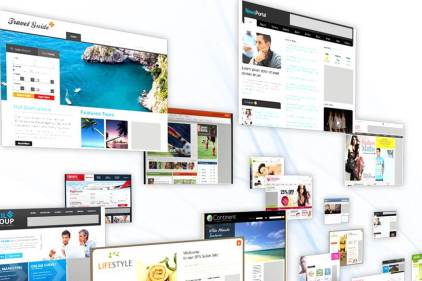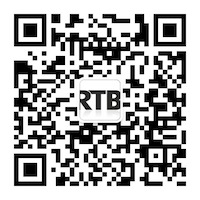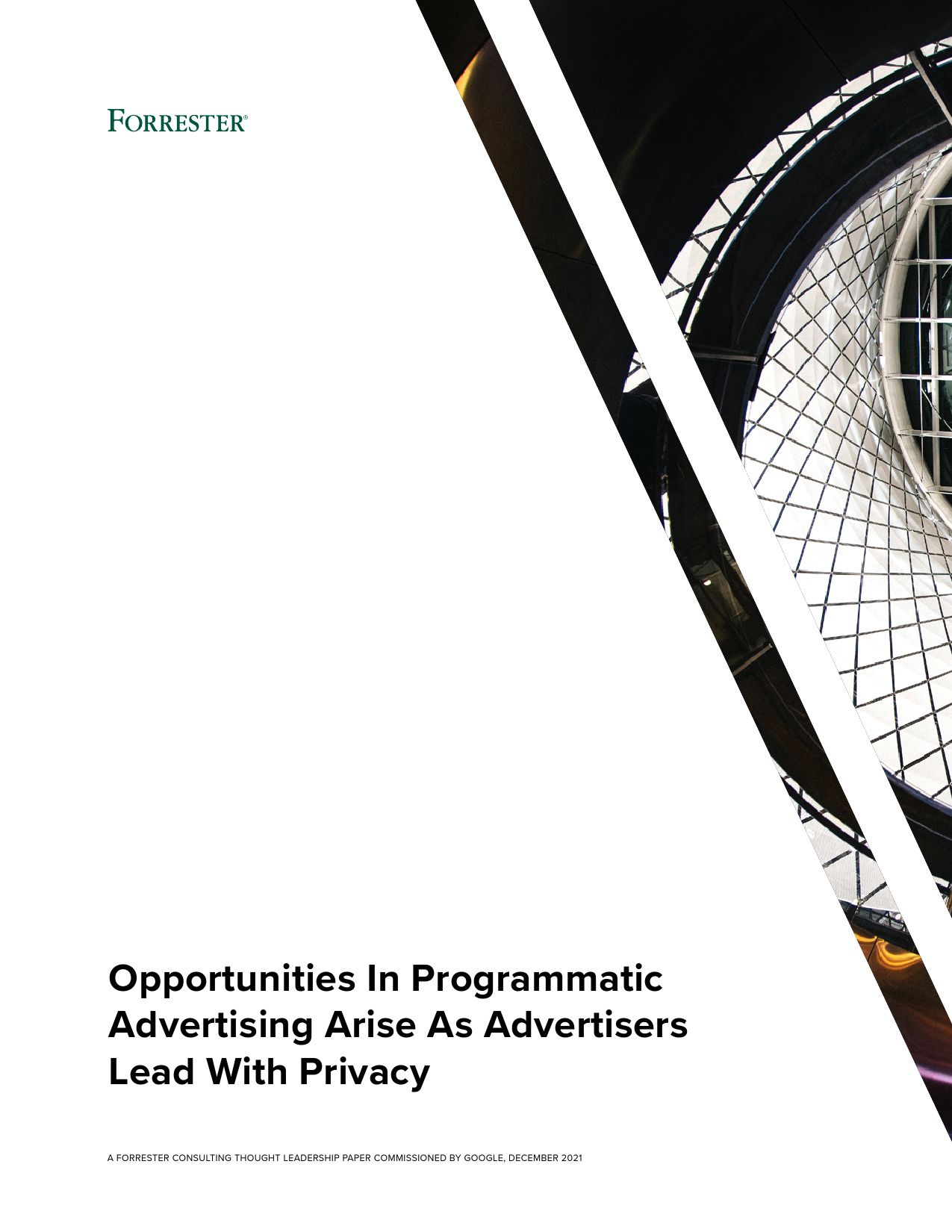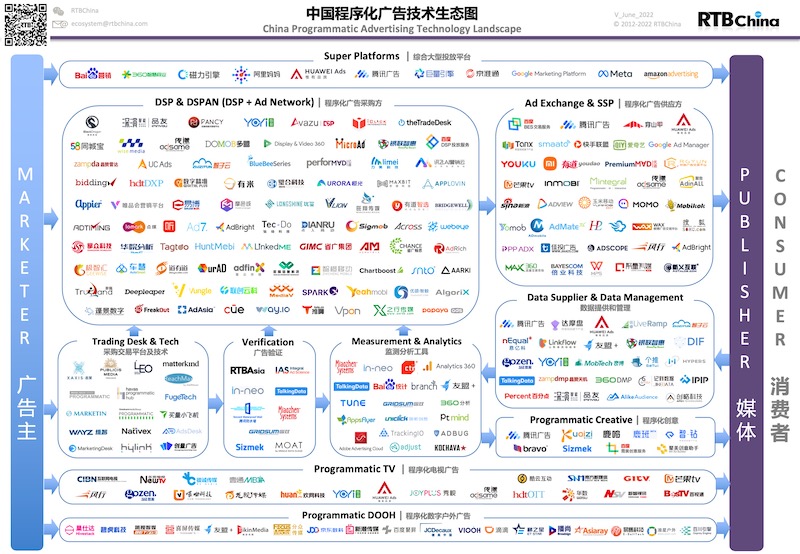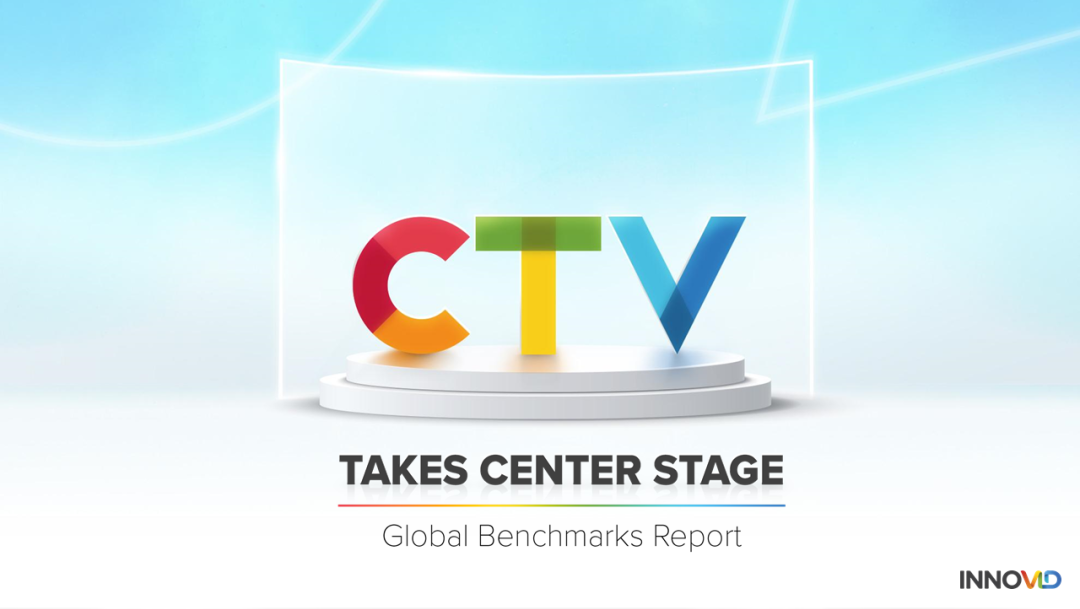Whilst real time bidding has created a significant step-change in the technology used for adserving and is proving to unlock significantly more revenue for publishers, it does not eliminate all of the issues that premium publishers have been grappling with for the last decade. Following are 4 criteria that should be addressed before embarking on RTB.
Twelve months ago if I’d used the acronym “RTB”, you’d have been forgiven for looking at me blankly. Today, you can’t spend a day in the display business without a discussion about Real Time Bidding, DSPs and exchanges. At least five times a week, we are asked what our view is, and whether it is a “good thing” for publishers. The short answer is “yes, but…”.
Yes, it is a step-change in the technology for adserving that can unlock significantly more revenue. But – it doesn’t remove the issues that premium publishers have been grappling with for the last decade.
Criteo’s technology works best in real-time. Every one of our personalised banners is dynamically created in real-time, based on a real-time recommendation engine fed by real-time user behaviour. As importantly, we calculate the value of each individual impression in real-time, based on hundreds of variables. This is critical as we buy from publishers on a guaranteed CPM, but are only paid by our advertisers when we deliver a click on to their site.
For years we bought from publishers using the traditional methods of paper I/Os. However, moving to a system of real time bidding where ad impressions are bought and delivered in real-time was a very natural progression. So much so that Criteo was the first company to go live with Google RTB in Europe last year, and today is one of the largest buyers of RTB globally. We are connected directly to all the major RTB platforms, including Admeld and Rubicon. Today Criteo responds to over 1 billion queries a day within 120 milliseconds. Every time we have moved a publisher from non-RTB to RTB we have increased spend by 3-5 times.
Despite all this excitement, RTB remains significantly less than half our volume and our advice to publishers thinking about whether and how to use it is that there are essentially four criteria which should be addressed before determining what to do.
Are you genuinely accessing new demand?
When networks first appeared, publishers became very excited about the revenue they could get for the inventory they hadn’t sold for brand. Over time, many became disillusioned when they realised many of these networks were going to the same agencies and pitching for the same CPM campaigns that the publisher’s direct salesforce was addressing. As a result there was significant cannibalisation. The publishers’ conclusion was in some cases to switch off all networks, in others to create significant blacklists, or else to heavily limit their counterparties to a few trusted partners. RTB is just a technology to make buying more efficient – it doesn’t change these same questions. Make sure you understand who the end buyer is, and what they are being sold.
Is the buying data-driven or site-driven?
If the buyer is primarily buying based on URLs, then you should be asking how this differs from the brand sell of your direct salesforce – and ensuring your data is remaining safe. If the buyer is primarily doing an audience buy based on his own/third party data, then it is unlikely that this is demand you were already accessing. Criteo uses its own data, based on deep integration with each of its advertisers, and then looks for these users across the Internet. The market is also seeing an explosion in buying demographic segments or lookalikes, often using third party data from companies such as Quantcast or BlueKai. It is this data which means an individual impression is suddenly more valued. Here RTB delivers great value, since historically buying individual users across many sites was very hard to do.
Is the bidding system working for you?
According to Turn, advertisers are seeing up to 135% improvement on click-through rates by using data and RTB but does this translate into improved CPMs for publishers? Google stated recently that when their exchange won a bid, publishers generated 188% more revenue compared with indirect sales to ad networks and other third-party buyers. In the long-term, we are convinced that as in search, the second bid wins, open auction will deliver the best value for the publisher. However, in the near-term this requires liquidity of bids to ensure a good second price bid.
Our advice is to understand how each advertiser will be bidding. If this is an advertiser using user data but with a single price of £2.00 for every bid on your site, then a floor price will often generate much better revenue for you, while still hitting the ROI target of the buyer. If the buyer is like Criteo and has a different price for each impression, then the great virtue of RTB is that it allows the publisher to sell an impression at £4.00 and also at £0.50 based on the alternative bids available. As a result, we spend much more with a publisher each time the floor price falls.
Open exchange or private adslots?
As a result the final question is whether to open up all your inventory, or be much more restrictive. We believe the trend for 2011 will be a mix. Some will use open exchanges for “remnant inventory”. Many more will be opening up much higher priorities in their adserver, but as private adslots for a restricted number of buyers who clearly meet the criteria discussed above. There will be room for both approaches, and indeed the technology to support private adslots is still in its infancy with all the providers.
To conclude, RTB is delivering on its promise of better performance for advertisers and significantly higher revenues and CPMs for publishers. Admeld recently shared forecasts that RTB will more than double in 2011. We actually believe that the long-term predictions for display are conservative, since what we are seeing is the arrival of the use of technology in display, and we all know what that did for search. Used smartly, it promises a great future for online publishers worldwide.
This article was first published on the Association of Online Publishers website
 RTBChina
RTBChina